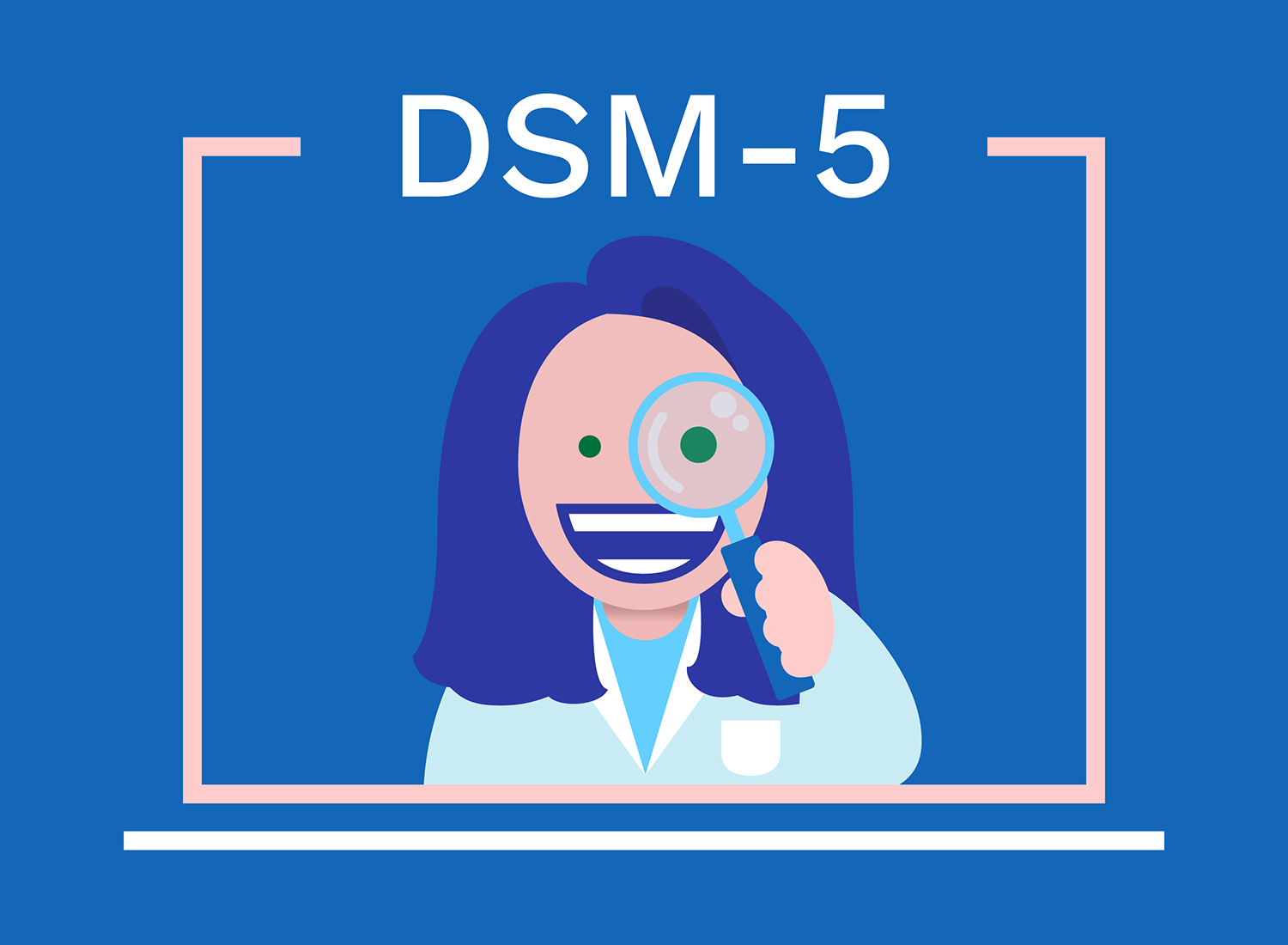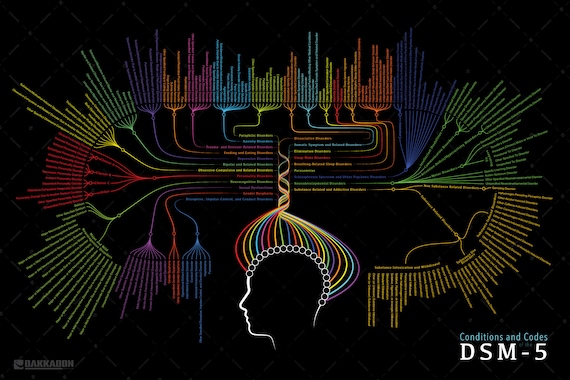

Dsm 5 manual#
Includes bibliographical references and indexĭSM-5 basics: Introduction - Use of the manual - Cautionary statement for forensic use of DSM-5 - Diagnostic criteria and codes: Neurodevelopmental disorders - Schizophrenia spectrum and other psychotic disorders - Bipolar and related disorders - Depressive disorders - Anxiety disorders - Obsessive-compulsive and related disorders - Trauma- and stressor-related disorders - Dissociative disorders - Somatic symptom and related disorders - Feeding and eating disorders - Elimination disorders - Sleep-wake disorders - Sexual dysfunctions - Gender dysphoria - Disruptive, impulse-control, and conduct disorders - Substance-related and addictive disorders - Neurocognitive disorders - Personality disorders - Paraphilic disorders - Other mental disorders - Medication-induced movement disorders and other adverse effects of medication - Other conditions that may be a focus of clinical attention - Emerging measures and models: Assessment measures - Cultural formulation - Alternative DSM-5 Model for Personality Disorders - Conditions for further study - Appendix : Highlights of changes from DSM-IV to DSM-5 - Glossary of technical terms - Glossary of cultural concepts of distress - Alphabetical listing of DSM-5 diagnoses and codes (ICD-9-CM and ICD-10-CM) - Numerical listing of DSM-5 diagnoses and codes (ICD-9-CM) - Numerical listing of DSM-5 diagnoses and codes (ICD-10-CM) - DSM-5 advisors and other contributors Other enhancements have been introduced to promote ease of use across all settings, including: Representation of developmental issues related to diagnosis Integration of scientific findings from the latest research in genetics and neuroimaging Consolidation of autistic disorder, Asperger's disorder, and pervasive developmental disorder into autism spectrum disorder Streamlined classification of bipolar and depressive disorders Restructuring of substance use disorders for consistency and clarity Enhanced specificity for major and mild neurocognitive disorders Transition in conceptualizing personality disorders New disorders and features Online enhancements.- Publisher description This new structure corresponds with the organizational arrangement of disorders planned for ICD-11 scheduled for release in 2015. The DSM - 5 Beginning with the fifth edition, it is intended that diagnostic guidelines revisions will be added more frequently. The DSM-5 is the first major edition of the manual in twenty years. The disorders included in DSM-5 were reordered into a revised organizational structure meant to stimulate new clinical perspectives. The DSM - 5 947 pages - Research started in 1999, approved by the Board of Trustees of the APA on Decemand released on 18th May 2013.

The classification of disorders is harmonized with the World Health Organization's International Classification of Diseases (ICD), the official coding system used in the United States.

Since a complete description of the underlying pathological processes is not possible for most mental disorders, it is important to emphasize that the current diagnostic criteria are the best available description of how mental disorders are expressed and can be recognized by trained clinicians. This is the standard reference for clinical practice in the mental health field.


 0 kommentar(er)
0 kommentar(er)
